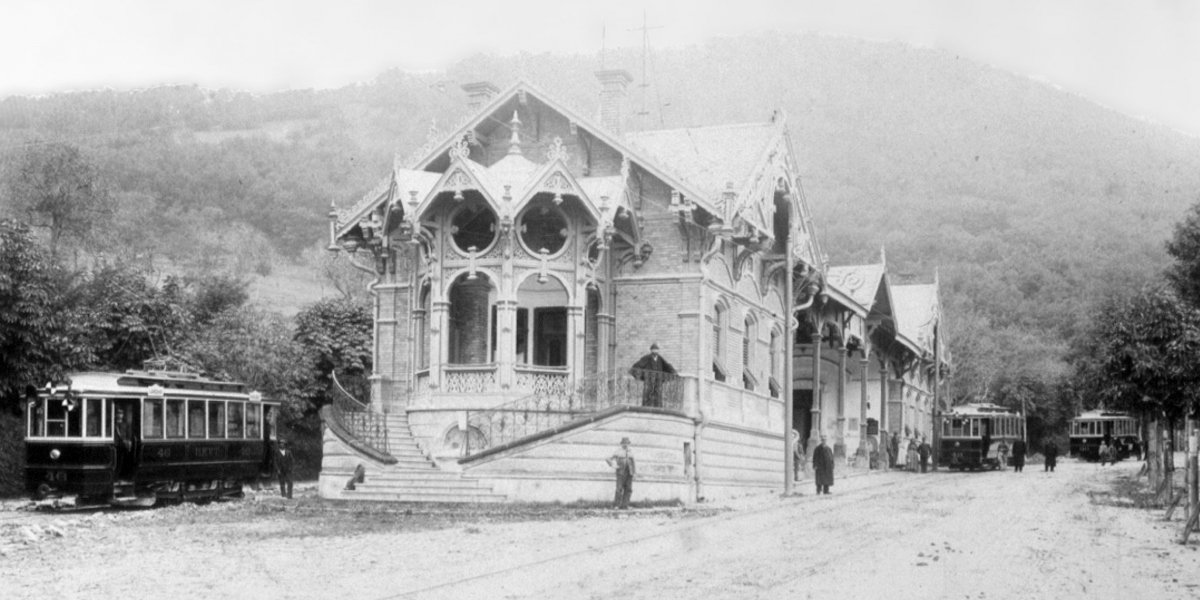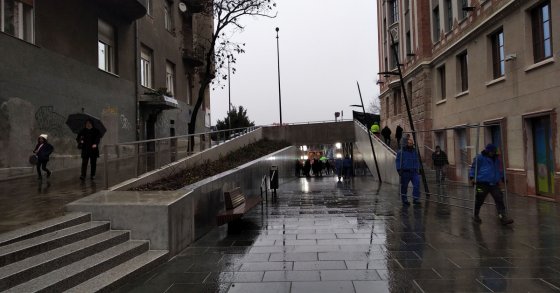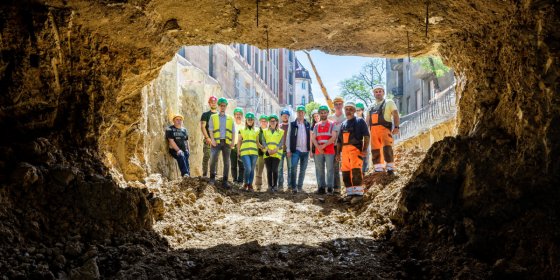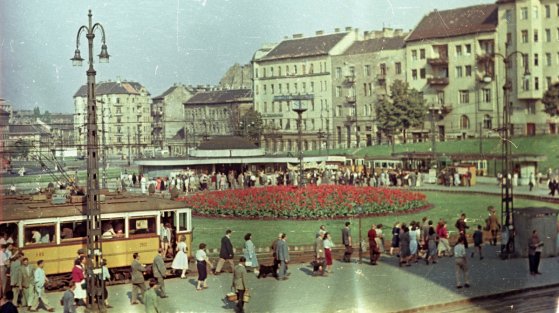 The „intertwined history” of the bridges and the city of Budapest
Which ideas and events have shaped the fate of bridges of Budapest and the cityscape? Alongside many other interesting facts, this question is also answered this newly published book by the Budapest City Archives, which introduces the history of bridges in Budapest.
The „intertwined history” of the bridges and the city of Budapest
Which ideas and events have shaped the fate of bridges of Budapest and the cityscape? Alongside many other interesting facts, this question is also answered this newly published book by the Budapest City Archives, which introduces the history of bridges in Budapest.
Széll Kálmán Square
 The legendary Zugliget tram line was shut down 45 years ago
The legendary Zugliget tram line was shut down 45 years ago
January 17, 2022 at 2:00 PM
One of the most popular tram lines, the last of which was the iconic tram 58, was discontinued 45 years ago, on 17 January 1977. One of the first tram lines on the Buda side was the one in Zugliget, which started in 1896, the year of the millennium, and although it was replaced by the 58V replacement bus after the 1977 shutdown, then the 158 bus, and today the 291 bus, to this day, many are waiting for the revival of the tram line in the capital.
The last stop of a renovation program: the handover of the Széll Kálmán Square gateway
December 3, 2021 at 8:00 AM
Széll Kálmán Square has undergone huge changes in recent years and although we have become accustomed to the modern environment, the renovation program actually ended only on Thursday: the gateway connecting the square with Krisztina Boulevard was handed over. The passage was short, but the construction was all the more complicated. Still, it was worth it, as it is another, very big step towards an accessible Budapest.
A decades-old plan comes to life – A tunnel connecting Széll Kálmán Square with Városmajor
June 25, 2021 at 9:00 AM
The construction of the new pedestrian crossing connecting Széll Kálmán Square with the Postapalota (Postal Palace) and Városmajor started last autumn, the two ends of which met under Várfok Street almost a month ago. The tunnel, which is expected to be completed by the end of the year, will not only provide an unobstructed passage for pedestrians and cyclists in the area to Városmajor but will also create a new entrance to the former Postapalota, also known as the Buda Palace.
Széll Kálmán Square became a transport hub 80 years ago
June 18, 2021 at 9:30 AM
There was once a clay mine and then a sports field on the site of today's Széll Kálmán Square, where the tram junction and the pedestrian overpass, which defined the image of "Kalef" for decades, were completed 80 years ago, in June 1941. Then, in the middle of the square, a roundabout was created for trams, from where vehicles could depart in all directions. Modern passenger waiting areas and bus terminals were also built, but the development did not fully win the favour of the contemporary public.
More articles
 The „intertwined history” of the bridges and the city of Budapest
Which ideas and events have shaped the fate of bridges of Budapest and the cityscape? Alongside many other interesting facts, this question is also answered this newly published book by the Budapest City Archives, which introduces the history of bridges in Budapest.
The „intertwined history” of the bridges and the city of Budapest
Which ideas and events have shaped the fate of bridges of Budapest and the cityscape? Alongside many other interesting facts, this question is also answered this newly published book by the Budapest City Archives, which introduces the history of bridges in Budapest.
 The Bridge Report, which brought a turning point in the history of Budapest
A travel report that changed the history of Pest and Buda, as well as Hungary. The little book contributed to the change of half a thousand years of legal customs and the implementation of an investment of unprecedented size and technical quality. This book was The Bridge Report [Hídjelentés in Hungarian].
The Bridge Report, which brought a turning point in the history of Budapest
A travel report that changed the history of Pest and Buda, as well as Hungary. The little book contributed to the change of half a thousand years of legal customs and the implementation of an investment of unprecedented size and technical quality. This book was The Bridge Report [Hídjelentés in Hungarian].
 Drama on the university wall - The heroic monument was planned 95 years ago
In the constant hustle and bustle of the Egyetem Square in Pest, the students may not even notice the monument that decorates the short section of wall between the church and the central building of ELTE. However, it commemorates their predecessors, the heroes who fought for their country in World War I, and those who heroically helped them. The first design of the dramatically collapsing soldier was born in 1928, ninety-five years ago.
Drama on the university wall - The heroic monument was planned 95 years ago
In the constant hustle and bustle of the Egyetem Square in Pest, the students may not even notice the monument that decorates the short section of wall between the church and the central building of ELTE. However, it commemorates their predecessors, the heroes who fought for their country in World War I, and those who heroically helped them. The first design of the dramatically collapsing soldier was born in 1928, ninety-five years ago.



